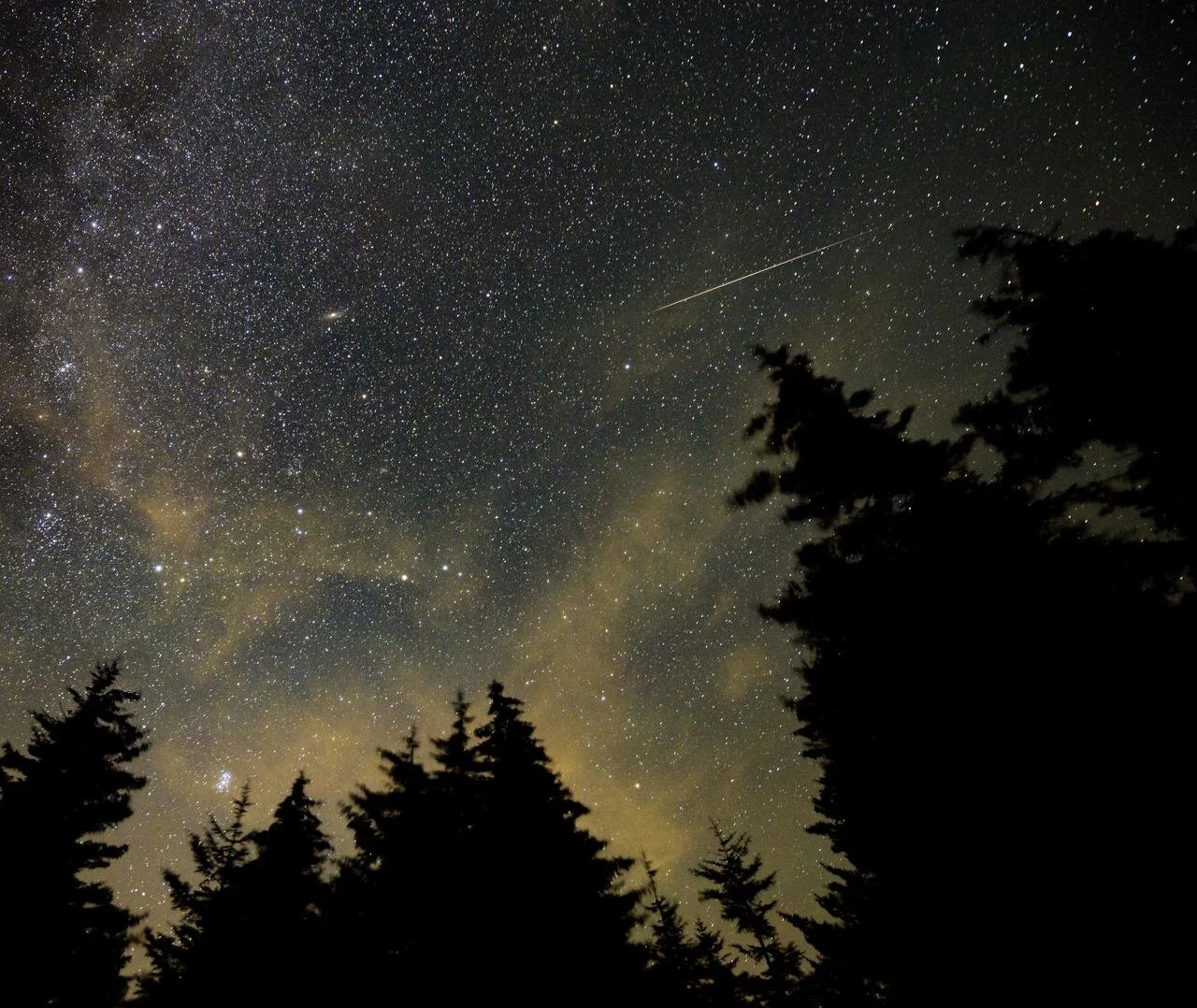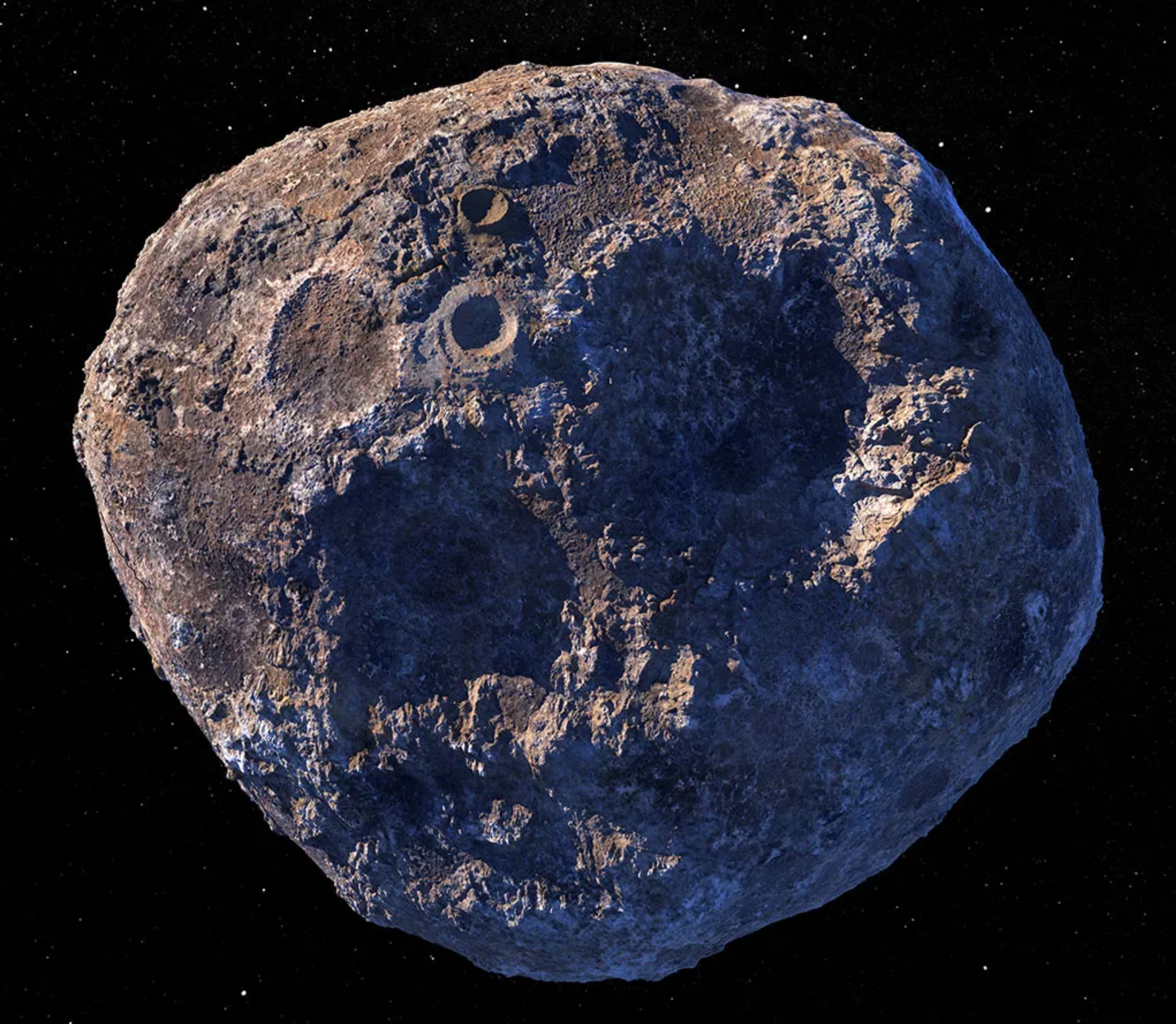Asteroid 2024 YR4 Could Hit Earth in 7 Years: Potential Earth Impact in 2032 & NASA’s Tracking Efforts
The Discovery and Tracking of Asteroid 2024 YR4
Astronomers have identified a new near-Earth asteroid, designated 2024 YR4, which has drawn significant attention due to its potential impact risk. This asteroid, discovered in late 2024, is currently being closely monitored by international space agencies, including NASA and the European Space Agency (ESA). Based on initial trajectory calculations, there is a 2.1% chance that 2024 YR4 could collide with Earth on December 22, 2032. While the probability of impact is relatively low, it remains high enough to warrant continued observation and risk assessment.
How Big is 2024 YR4?
Scientists estimate that 2024 YR4 is similar in size to the asteroid responsible for the Tunguska event in 1908, which flattened approximately 800 square miles of Siberian forest. If an asteroid of this magnitude were to strike a populated area, the results could be catastrophic, producing an explosion equivalent to several megatons of TNT. Unlike smaller space rocks that disintegrate upon entering Earth's atmosphere, 2024 YR4 is large enough to survive atmospheric entry and cause significant regional damage.
The Role of Advanced Tracking Systems
NASA’s Near-Earth Object Observations Program and ESA’s Planetary Defense Office are utilizing state-of-the-art tracking methods to refine predictions about 2024 YR4’s trajectory. Scientists rely on ground-based telescopes, space-based observatories, and radar imaging to track the asteroid’s movement with increasing precision. Over time, these observations will help determine whether 2024 YR4 will maintain its projected course or if gravitational interactions with other celestial bodies could alter its path, reducing or increasing the probability of impact.
In addition to existing detection efforts, upcoming projects such as the Vera C. Rubin Observatory and NASA’s Near-Earth Object Surveyor (NEO Surveyor) mission are expected to enhance humanity’s ability to identify and track asteroids. These next-generation observatories will use advanced infrared and optical technology to detect hazardous objects earlier and more accurately than ever before.
Potential Impact Scenarios and Consequences
If 2024 YR4 were to strike Earth, the severity of its impact would depend on multiple factors, including its size, speed, composition, and impact location. Some possible scenarios include:
Land Impact: If the asteroid were to hit land, it could cause widespread destruction over hundreds of miles, leading to fires, earthquakes, and atmospheric disturbances. The blast would release energy many times greater than the most powerful nuclear bomb ever detonated.
Ocean Impact: If it were to crash into an ocean, the asteroid could trigger massive tsunamis, endangering coastal populations worldwide. The resulting water displacement and atmospheric effects could also impact global weather patterns.
Airburst Event: In some cases, an asteroid of this size may explode in the atmosphere before reaching the ground. This is similar to the Tunguska event, which caused massive damage but did not leave an impact crater.
How Scientists Plan to Mitigate the Threat
If further observations indicate a significant risk of impact, scientists may consider various mitigation strategies to redirect or neutralize the asteroid before it reaches Earth. Some possible planetary defense techniques include:
Kinetic Impactors: A spacecraft could be launched to collide with the asteroid, slightly altering its orbit and pushing it off a collision course. NASA successfully tested this method in 2022 with the DART (Double Asteroid Redirection Test) mission.
Gravity Tractors: A spacecraft could be sent to fly near the asteroid, using gravitational attraction to slowly shift its trajectory over time.
Nuclear Deflection: As a last resort, a nuclear explosion could be used to either destroy or deflect the asteroid. However, this approach is controversial and risky, as breaking the asteroid into multiple fragments could still pose a significant danger.
Looking Ahead: What Comes Next?
Over the next few years, astronomers will continue monitoring 2024 YR4 to determine whether its trajectory will bring it dangerously close to Earth. Updated risk assessments and tracking data will help space agencies decide whether intervention is necessary or if natural gravitational forces will alter the asteroid’s path safely away from Earth.
While the discovery of a potentially hazardous asteroid can be alarming, scientific advancements in asteroid detection and deflection provide hope that humanity will be able to prevent a catastrophic impact. With continued research, investment in planetary defense, and international collaboration, experts are working hard to ensure Earth remains protected from future asteroid threats.
For now, 2024 YR4 remains under careful observation, and scientists will provide updates as more data becomes available.


